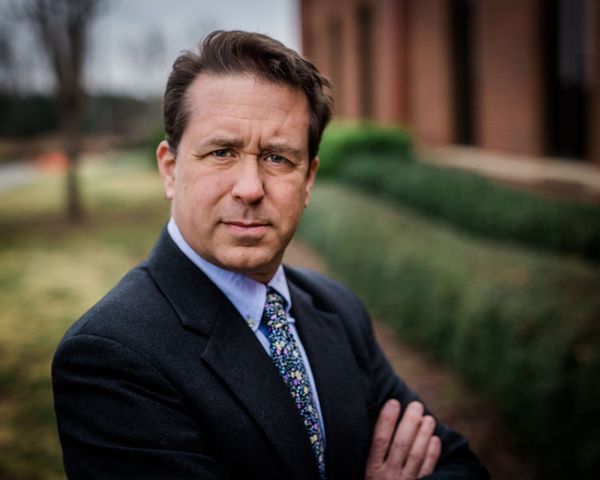
I am often asked how I became a foster parent, from both foster parents, and those who are simply curious why I have dedicated my life to helping these children in need. It all goes back to my days as a teacher in a rural high school, where I was teaching English and drama classes. Recently moving back to the USA with my wife, after living in Australia for a number of years, I was troubled by the number of students coming through my classes who were experiencing problems in behavior, grades, or both. Meeting several of their parents, I sadly came to realize that these problems were stemming from other problems within their home; these students of mine were suffering from neglect, abuse, or other issues, and it dawned on me that it truly started in the home. My wife and I had lost our first child years before to a disease known as Anacephily, and I had grown to appreciate very much how precious the life of each child was. I wanted to help those children who were at risk, as did my wife, and thus our foster parenting experience began.
It wasn’t until I had my first children from foster care living with my family that I came to fully understand the tremendous challenges that these children face while in public school. As a teacher, I was very aware that my fellow teachers knew next to nothing about foster care, or the challenges that children in care face each and every day. To be sure, I was just as much in the dark before I was a foster parent, myself. With all this, I began searching for ways to not only help my fellow foster parents and teachers better understand why kids in care struggle in school, I also sought avenues for these two groups, as well as case workers, to come together, in a team effort, to best help the thousands of kids in care who struggle with school each day.
Join the thousands who receive Dr. DeGarmo’s FREE foster care newsletter. Simply fill out the form below.
For many children in foster care, our schools are the last place they want to be. For that foster child who has been taken from his family, from his home, from his friends, and all he knows, and suddenly placed into a strange home late one evening, only to be forced to attend a strange school the following day, it is incredibly traumatic. One study found that as many as 66% of children placed under foster care supervision suffer from at least one learning-based developmental delay. Thirty percent of children in the custody of child welfare agencies exhibit the need for special education services In addition, students in foster care exhibit an array of academic difficulties, including cognitive abilities that are weaker than traditional students Federal and state funding to assist in this problem is lacking, as you very well may have already experienced.
Foster children often have a difficult time with exhibiting proper school behavior during the school day. Indeed, another study found that 69% of children under foster care supervision experience problems in behavior while enrolled in public schools. For many of the children, school is a constant reminder that they are, indeed, foster children without a true home. The continuous reminder that their peers are living with biological family members while they are not is a difficult reality for them, and can be manifested in several ways. Some foster children simply withdraw and become anti-social, in an attempt to escape their current environment and world they have been thrust into. For many foster children, violent behavior becomes the norm, as they not only act out in a negative and disruptive fashion in the school, but in their foster home, too, prompting yet another move to another foster home and another school.
Schools are indeed a difficult environment for foster children, and far too many times, these foster children are unable to meet the demands and challenges that are placed upon them while enrolled in a school. It is only with the combined help of the foster parents, caseworker, and trained teachers that a foster child has a chance at success. By working together, all members of these three groups will be better equipped to assist foster teens as they grow older and contribute to the community and society in a positive way as a means of greater social change. I hope you will join me in this, as we begin to break this cycle of failure and sadness for our children in school, and instead create an atmosphere of success and understanding.
-Dr. John DeGarmo
For much more, order Dr. John’s BRAND NEW book Helping Foster Children in School: A Guide for Foster Parents, Social Workers, and Teachers. Click HERE to order your signed copy!


 RSS Feed
RSS Feed